A male northern cardinal (Cardinalis cardinalis) just lighted upon the spruce in the neighbor’s wild patch outside our kitchen window. The bird is much brighter now than in February, the tree’s needles much greener. A bit of movement a few branches away draws my eye to the female, with her elegant muted buff and blush feathers, and an orangey-red beak that points to the colors of the male.
The flare of his crimson plumage against the dark green needles and the way the complementary colors attract the female have got me thinking about Robin Wall Kimmerer’s essay, “Asters and Goldenrod,” in Braiding Sweetgrass: Indigenous Wisdom, Scientific Knowledge, and the Teachings of Plants.
Kimmerer writes:
Bees perceive many flowers differently than humans do due to their perception of additional spectra such as ultraviolet radiation. As it turns out, though, goldenrod and asters appear very similarly to bee eyes and human eyes. We both think they’re beautiful. Their striking contrast when they grow together makes them the most attractive target in the whole meadow, a beacon for bees. Growing together, both receive more pollinator visits than they would if they were growing alone. It’s a testable hypothesis; it’s a question of science, a question of art, and a question of beauty.
Deep violet of asters plus sunny gold of goldenrod: one of the things that leads to more asters and more goldenrod. (Makes perfect sense, but Kimmerer’s college adviser, back in 1975 when she was commencing her study of botany, disdained her curiosity about why asters and goldenrod grow at the same time and in the same place and look beautiful together.) Red of cardinal plus green of spruce: how we get more cardinals. He stands out, making it easier for her to see him. Maybe there is something the spruce gets from the cardinals. I will have to see what I can learn about that.
And maybe there is something useful that happens when Homo sapiens take note of wild animals and wild trees. Here are Kimmerer’s words on that subject, also from “Asters and Goldenrod,” When I am in their presence [asters and goldenrod], their beauty asks me for reciprocity, to be the complementary color, to make something beautiful in response. Kimmerer is a professor of botany, but she is also a poet, don’t you think?
The spruce, my field guide tells me, is a red spruce (Picea rubens), likely planted here as an ornamental, though clearly it’s been untended for years. Donald Culross Peattie reports that red spruce is preferred for guitars, mandolins, organ pipes, piano sounding boards, and violin bellies—so the tree’s wood literally resonates. I’m glad that this particular red spruce lives on as tree, lit up vibrantly on this spring day by a redbird.
Thanks for stopping by. Please let me know about your ideas and discoveries. I highly recommend these tree books and Kimmerer’s Braiding Sweetgrass.
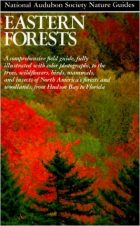
For identification
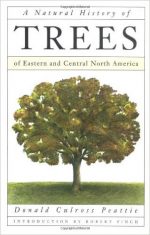
For natural history

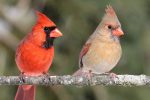
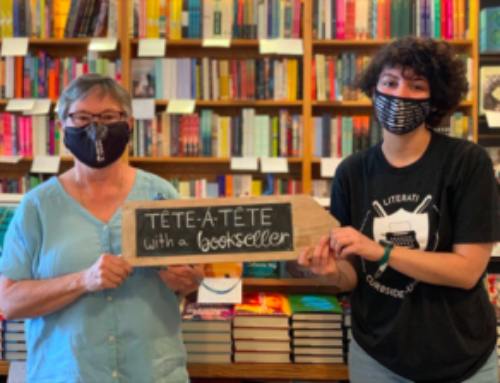

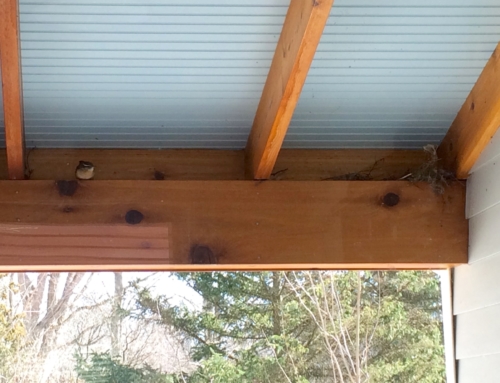




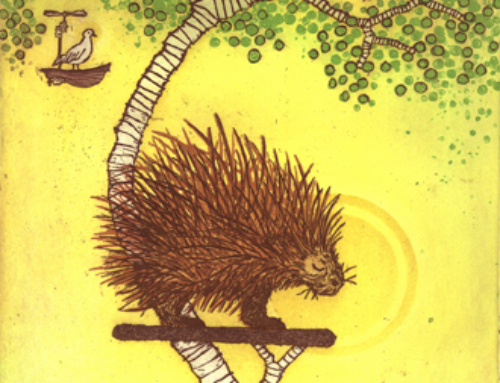
Leave A Comment